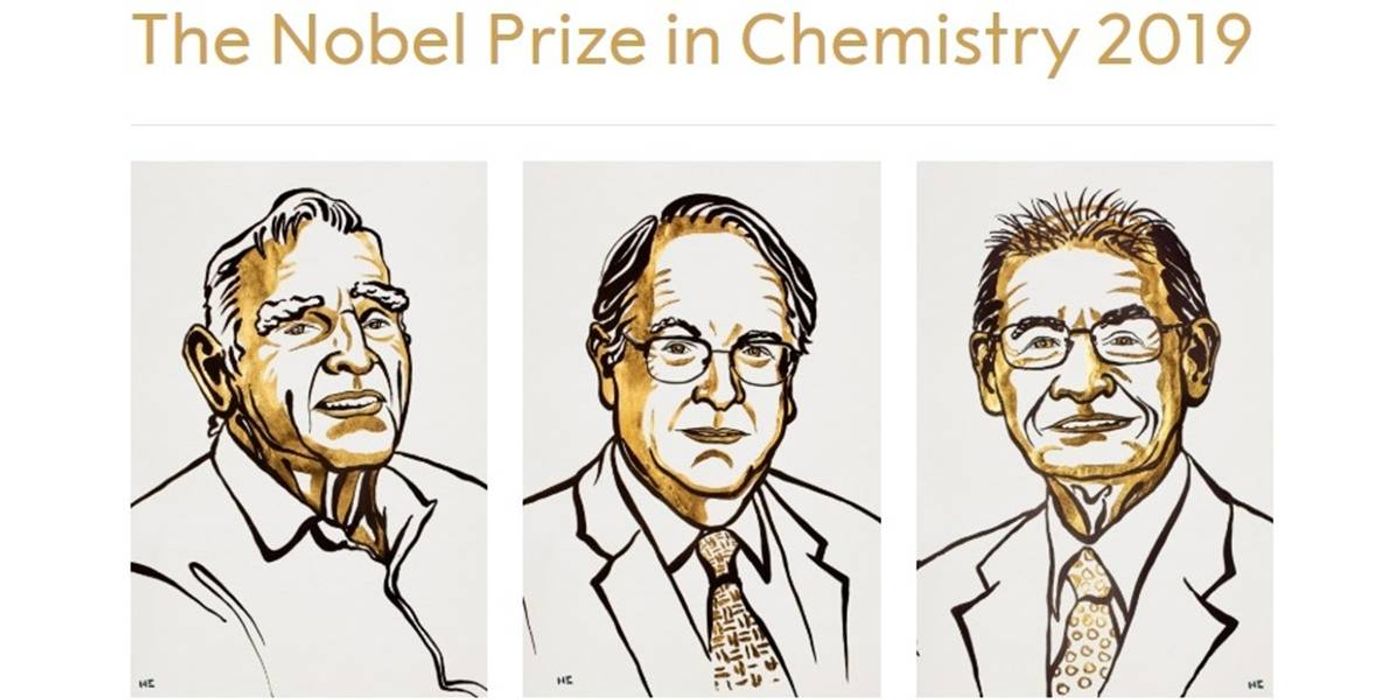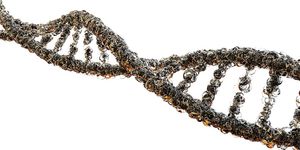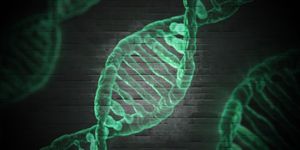2019 Nobel Prize in Chemistry: an Electrifying Win for Li-ion Battery Pioneers
Light-weight and capable of storing a substantial amount of electricty, lithium-ion (Li-ion) batteries have transformed many aspects of our modern life. For years the pioneers behind this influential invention have been nominated for the Nobel Prize, the highest honor in science, but they were just riders in previous rounds of the competition.
This changes in 2019.
On Wednesday, Oct 9, the Nobel committee announced that this year's Chemistry prize goes to three trailblazers — John B. Goodenough, M. Stanley Whittingham, and Akira Yoshino, whose work was vital to the development of Li-ion batteries.
Unlike other chemical batteries such as the commonly used lead-acid car batteries, a Li-ion battery does not rely on chemical reactions to store and release energy. Instead, it depends on the flow of the ions of lithium — the lightest metal and solid element — back and forth between its electrodes through cycles of charge-discharge.
The three laureates shared the prize equally for their relay-style contribution and years of work with a heavy focus on innovating anode and cathode materials of the battery.
It all started with M. Stanley Whittingham at the backdrop of the petrolium crisis in the 1970s. The British-American chemist who was working with Exxon at the time developed the first-ever rechargeable lithium battery. The first-generation device has a cathode made of titanium disulfide and an anode made of lithium and aluminum. Both electrodes were build with gaps for lithium ions to traverse, which is why they are called the intercalation electrodes.
However, this version of Li-ion battery was highly reactive and unstable, prone to overheating and fire. Thus it was not surprising that several fire/explosions happened in Whittingham's laboratory back in the time.
In 1979, Goodenough, an American veteran-turned-chemist, came along and started to test lithium cobalt oxide (LixCoO2) as a new cathode material. His modification allowed for higher density energy storage inside the battery. Later on, Sony commercialized this type of battery in many of the company's products, but Goodenough is credited for identifying the right cathode material, and creating a design that's still being used in many Li-ion batteries.
As for the last leg, Japanese chemist Akira Yoshino made the world's first commercially successful Li-ion battery in 1985 by tweaking Goodenough's design. His chose carbon-rich (98% or above) petroleum coke as an anode material to intercalate lithium, which significantly enhances the battery's safety and practicality. The resulted energy store device was lightweight and robust, capable of withstanding hundreds of charge-discharge cycles without any drop in performance.
It is no news that nowadays scientists and engineers around the globe are working hard to either improve or even replace Li-ion batteries. However, the original research by the three laureates have positively and significantly transformed our world. This omnipresent energy-storage technology is being used to power anything from cellphones, laptops, and automobiles, to houses and even spacecrafts. The Nobel-worthy invention is literally charging our world.
Interview about the 2019 Nobel Prize in Chemistry (Nobel Prize)
Source: Nobel Prize









